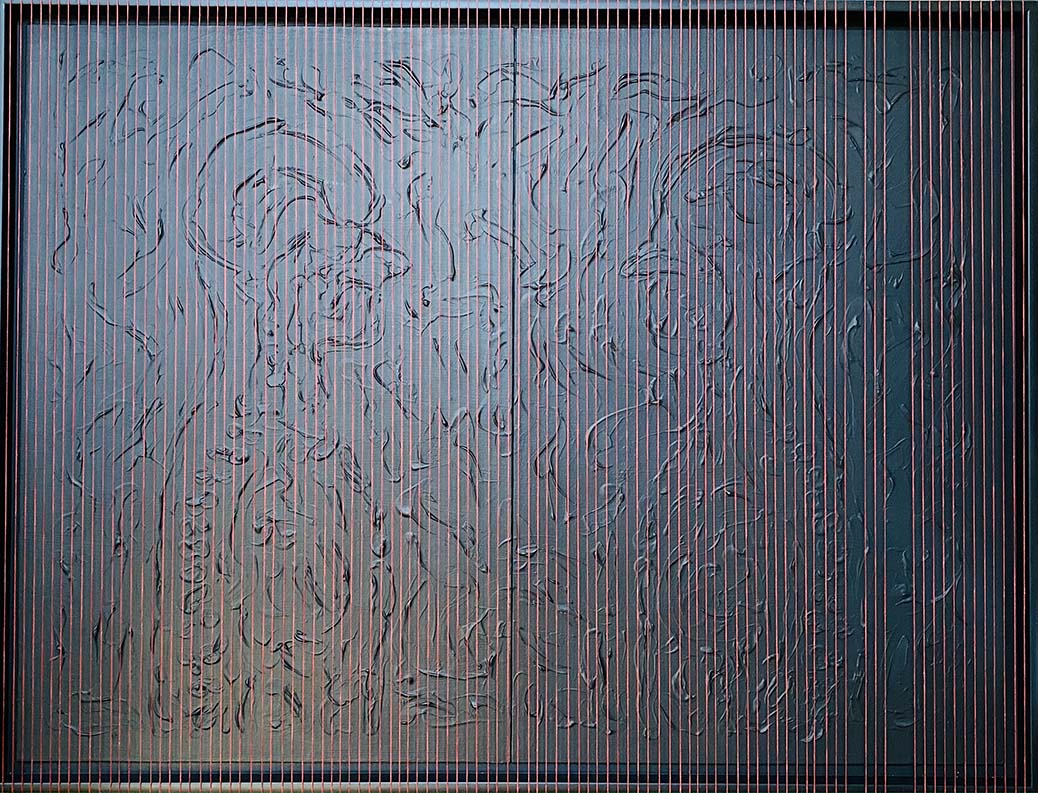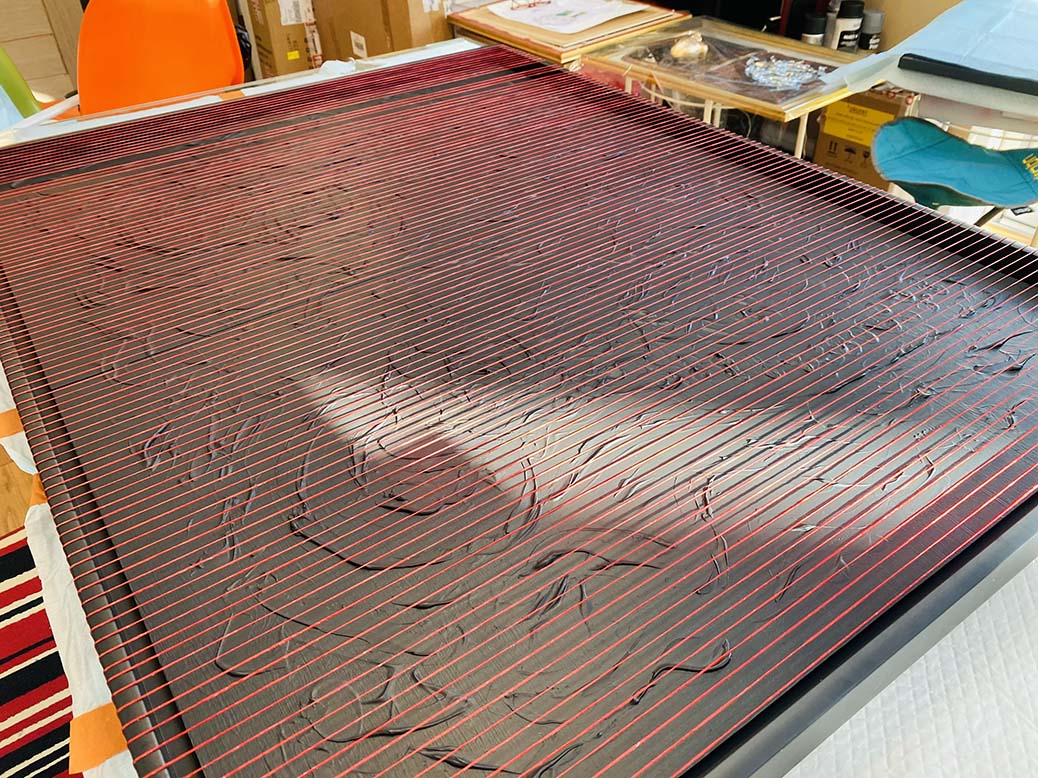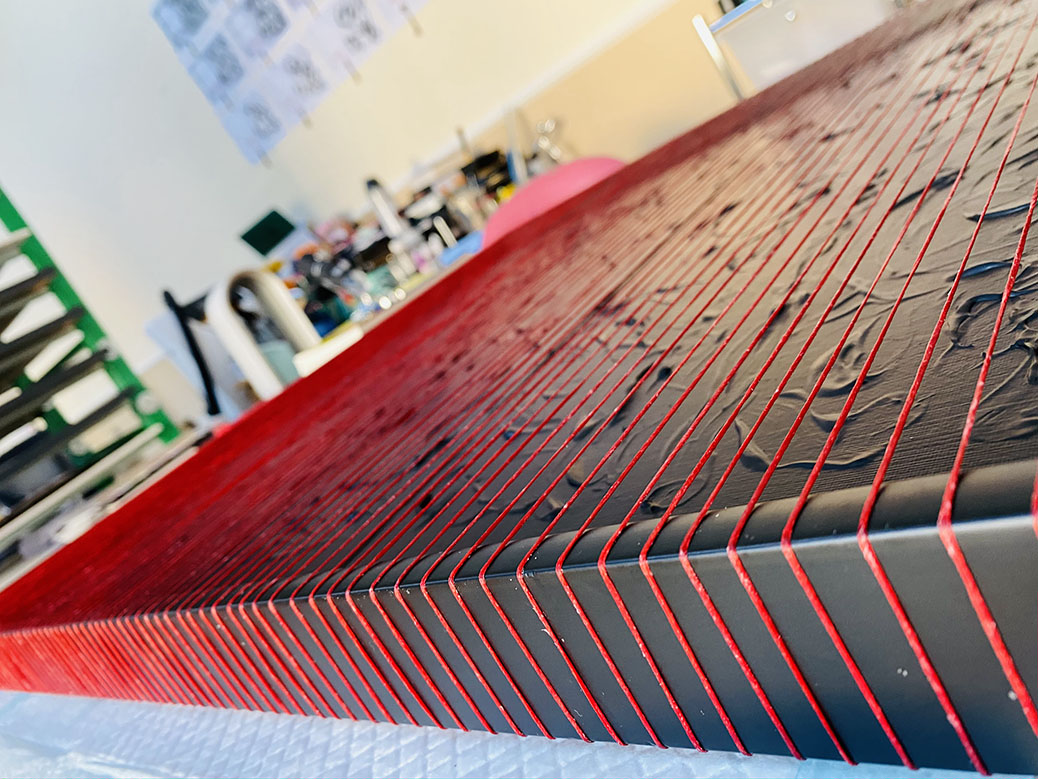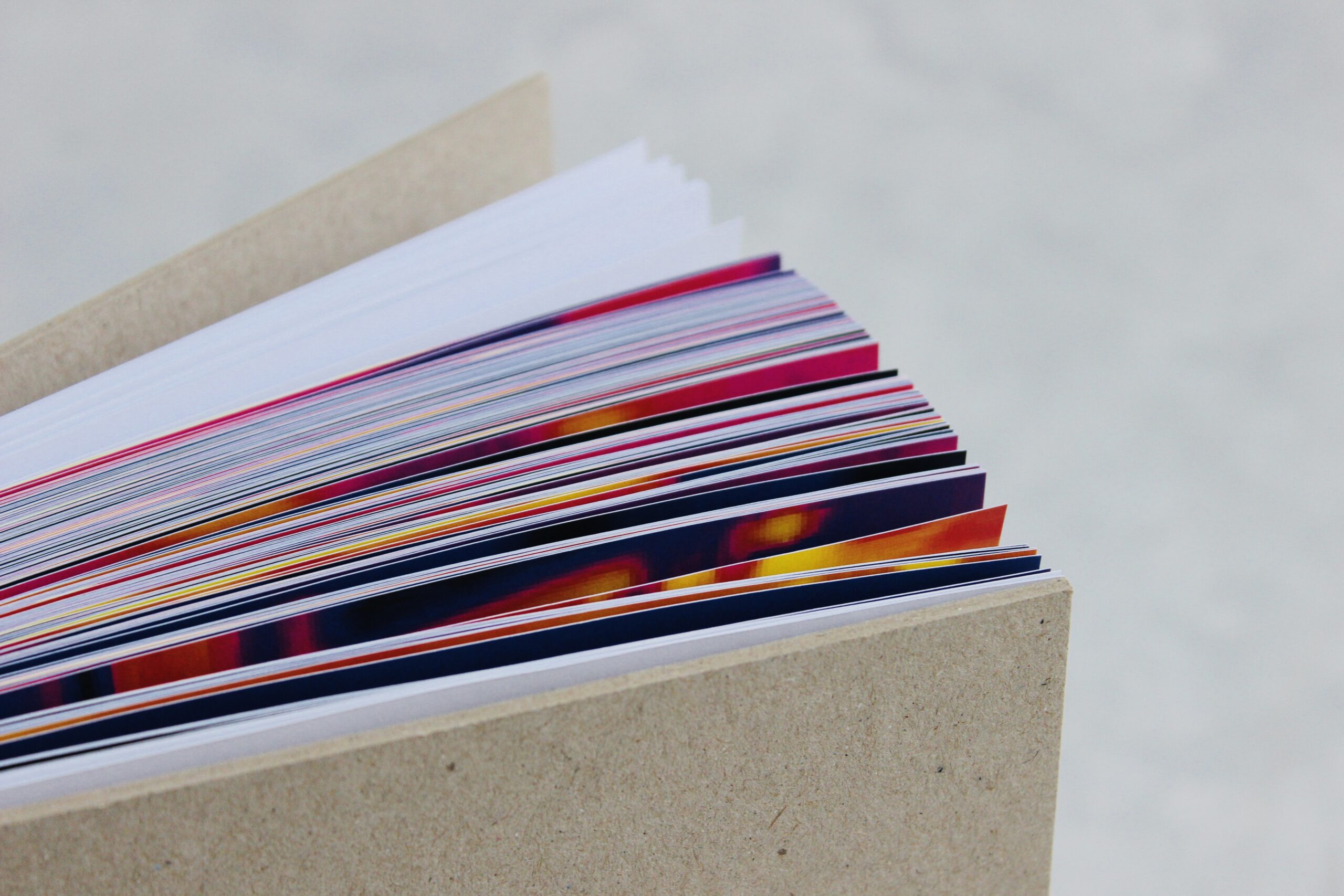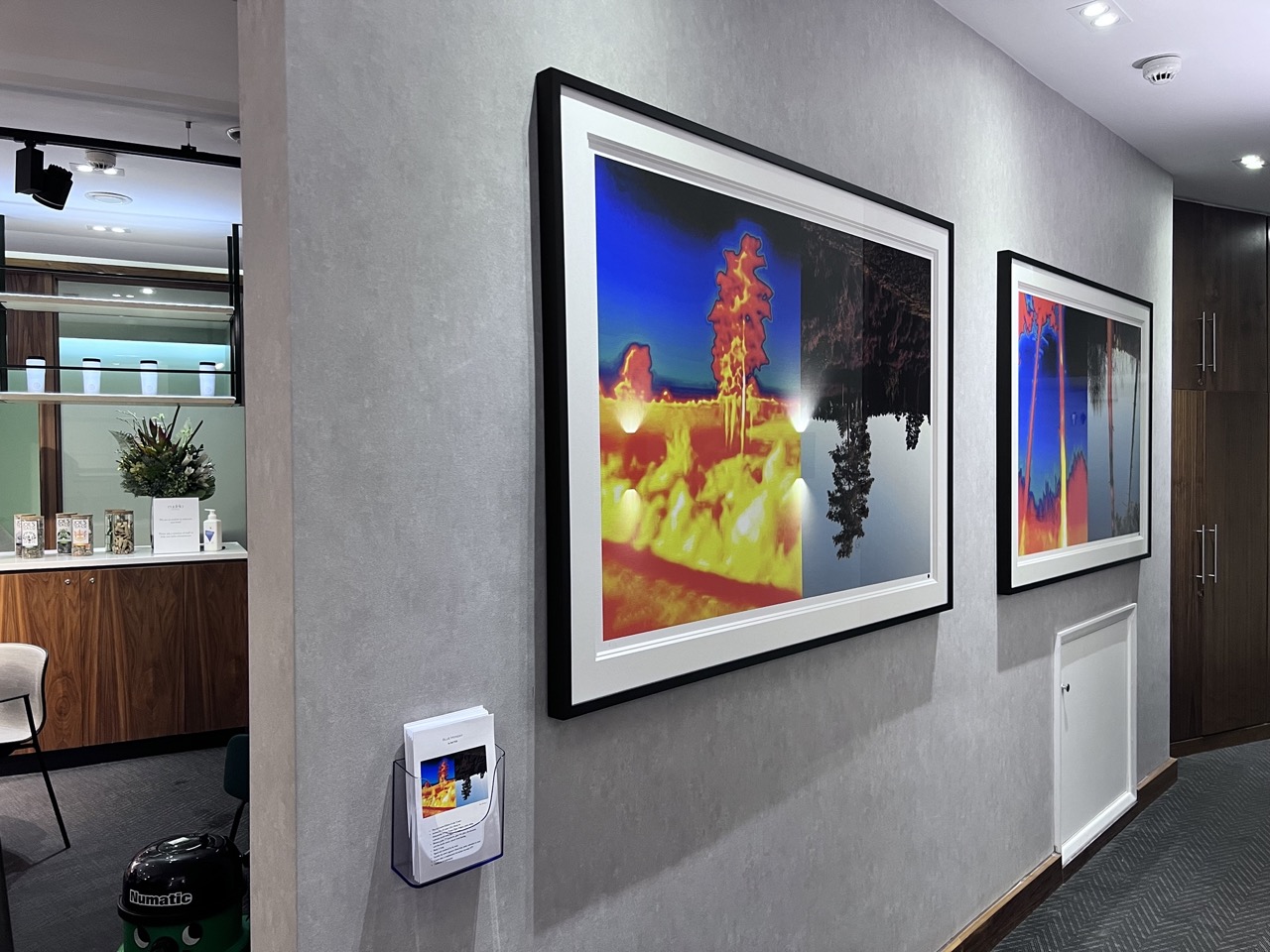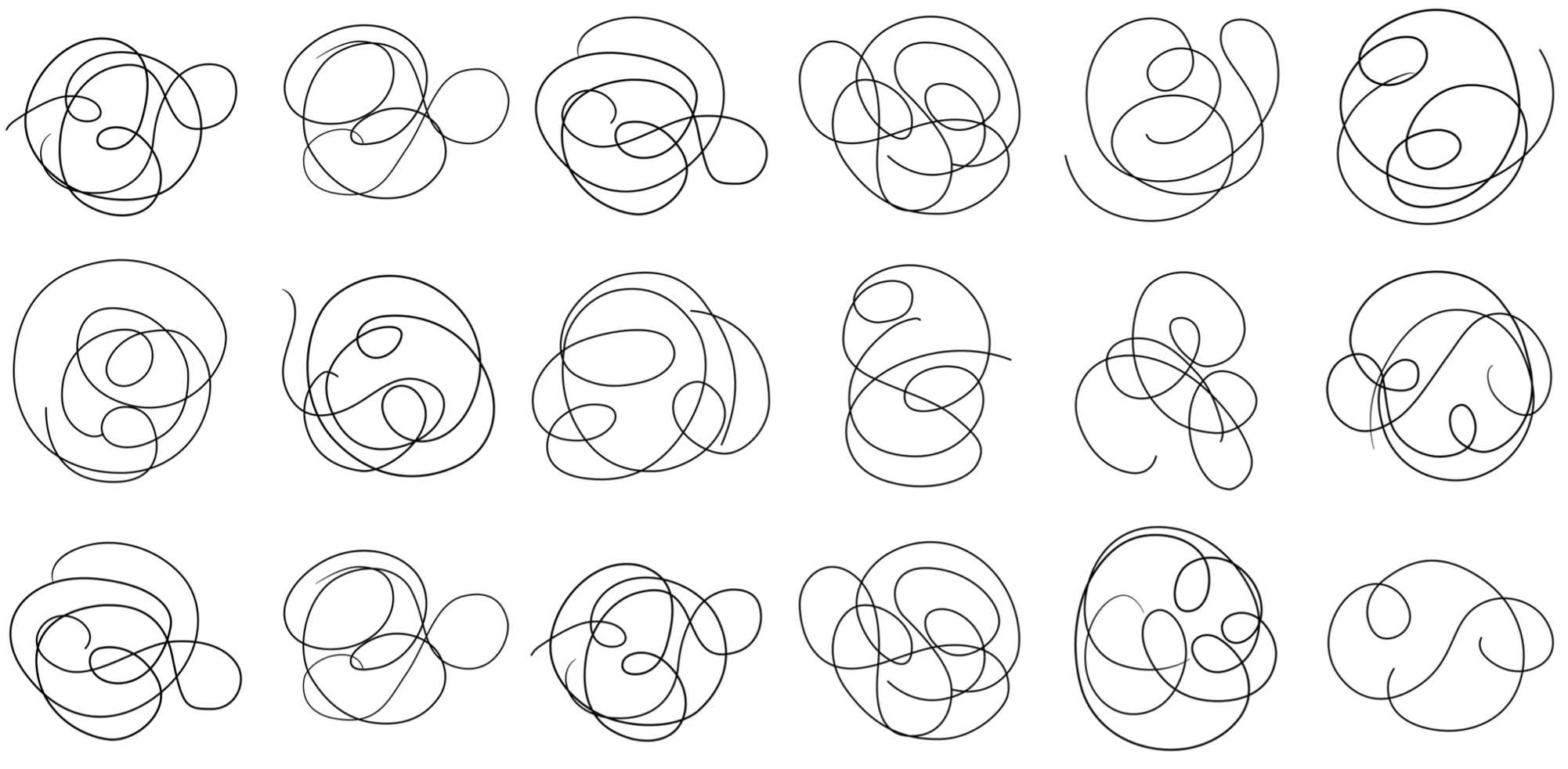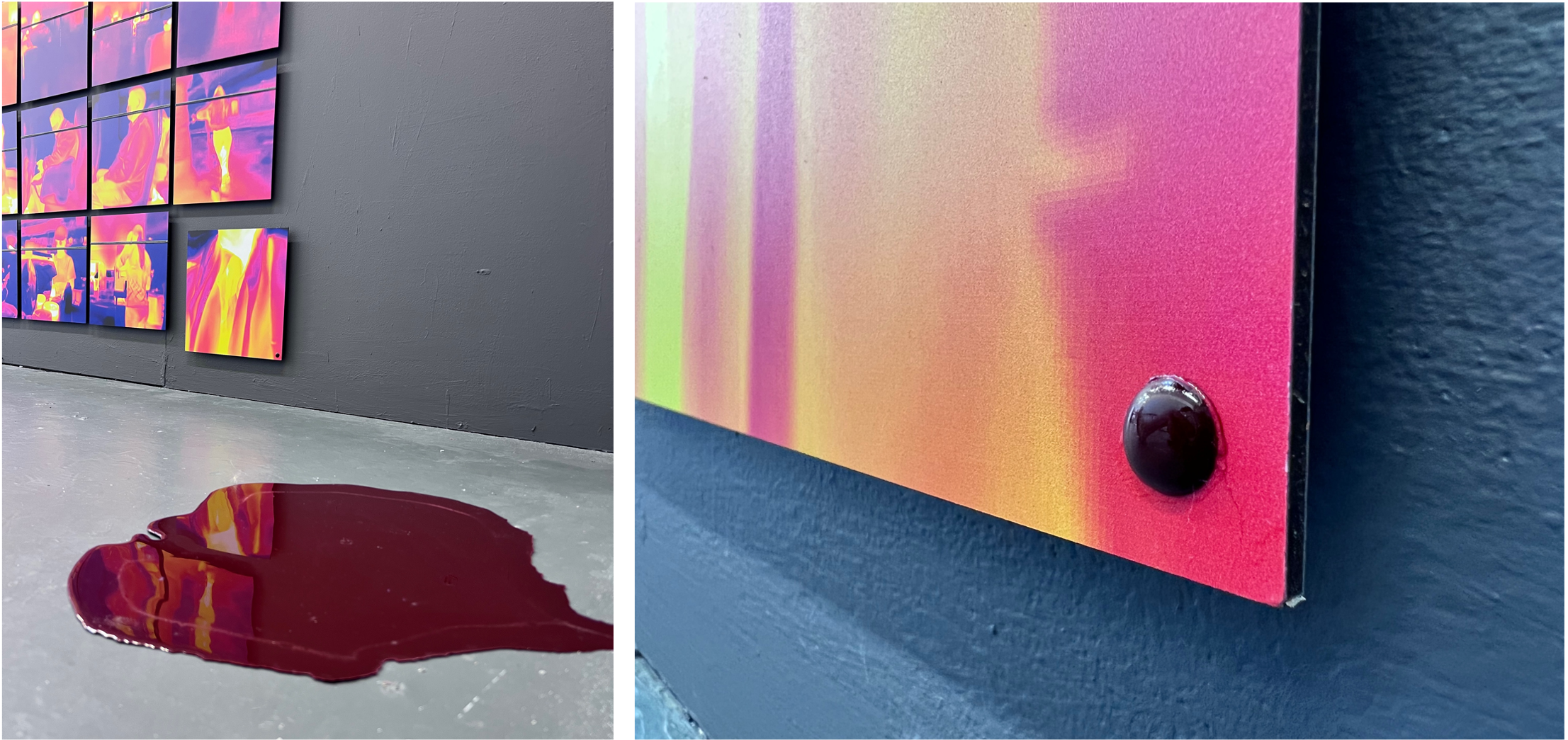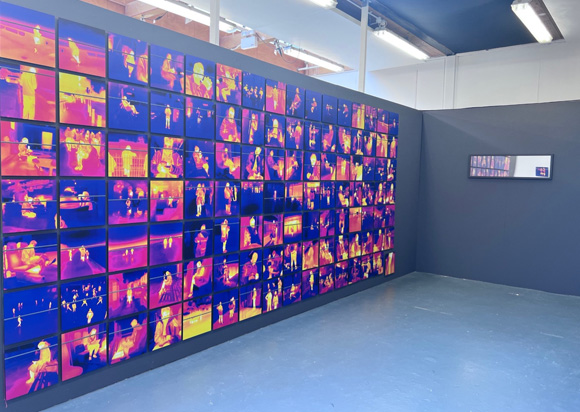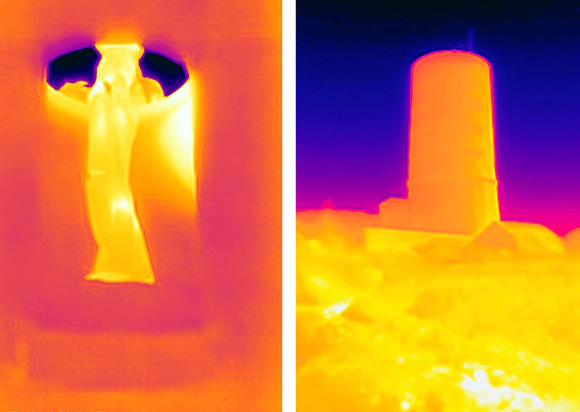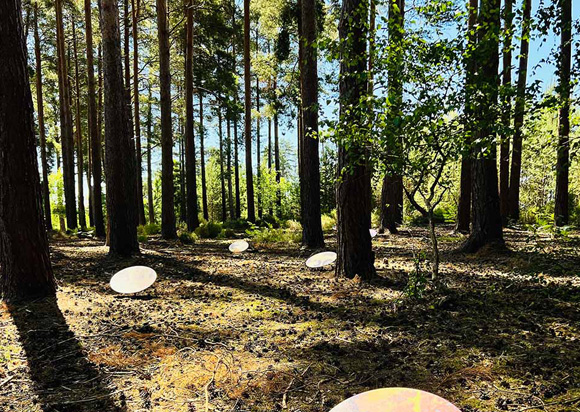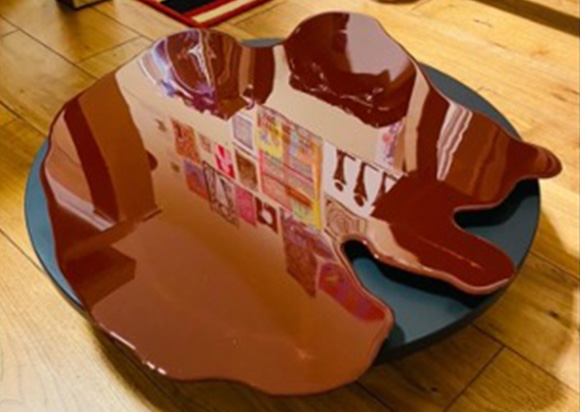
Stef Will
• 16 March 2021
Does our body end at the skin?
The skin is our biggest organ and also an important marker of our identity. It’s something we as humans have always taken pleasure to define and celebrate. However, with the current movement towards enforced personal territories and boundaries, mediated by measures such as social distancing, mandatory masks, lockdowns and others, we live in a culture where the boundary between ourselves and others is increasingly being demarcated and fearfully defended.
The current relentless defence of our corporal boundaries is no doubt also influencing the concept of our skin and reinstates it as a firm, unnegotiable border that physically defines our personal territory.
But does our body really end at the skin? Or could it be that we should view our skin more as a blurry, porous perimeter, rather than a sharp boundary, as our body’s measurable electromagnetic energy biofield outspreads the skin by at least 3 feet in all directions.
Reflections on visible versus invisible aspects of our self are central to my work, and also lead to enquiry into the cultural preference of certain perceiving senses, i.e. seeing (and to a lesser degree hearing). Things seen (and heard) are given a much higher status and importance compared to things felt in Western society.
However, the notion of our skin as a defined physical casing to effectively separate us from others can be challenged by looking at the (scientifically measurable (1,2) interactions of our biofield with that of people around us, ultimately blurring the distinction between us and the other, as well as challenging our perception of the ownership of ‘personal’ space.
The concept of strong territorial personal borders, which becomes apparent in notions such as ‘my body’, ‘my room’, ‘my house’, etc., is nowhere more clearly drawn than at our skin. It’s easy to convince oneself that our skin represents the ultimate boundary between self and other. But is it? The answer is no. And I say this as a Western trained doctor, who has been conditioned their entire professional live into believing that human energy fields aren’t really a thing worth paying attention to. Which seems ironic, given that we (as Western doctors) routinely measure certain organ’s energy fields (with ECGs and EEGs) and use these measurements as important diagnostic parameters…
The concept of other people’s biofields intruding ours can of course also be a frightening idea, especially in current times of ‘boarding down’ our physical defences. However, on the other hand, it could be viewed as an opportunity to expand our self, rather than an threatening intrusion. It may open us up to a more meaningful dialogue between our self and the world, as one becomes aware of the intriguing possibilities that ‘opening the energetic pores of our skin’ may bring.
To me, looking at the measuring biofield that surrounds every one of us means that the perceived separation between internal and external, as well as between self and the other, and ultimately the perceived defined territory of our body is a complete illusion. Thinking of the integrity of our body dissolving (energetically anyway) leads to a very different understanding of the relationship between ourselves and the world. Ultimately, we are all connected. That idea is taken even further by the scientific concept of quantum entanglement, which I find very exciting. But more on that on another day…
In contrast to that, look at the current world where the vast majority of us view our skin as a defensive barrier, shoring up against possible infringements and reinforcing the sense of our skin as a solid perimeter designed to keep us safe from the thread of the other. This perceived boundary is increasingly being monitored, defined, labelled and defended.
This territorial approach to our body’s integrity intrigues me. While most perceive of their skin as a firm boundary, I am interested in shifting this perception with my work and encouraging people to sense themselves (and others) beyond their skin.
Because once we experience our skin more as a permeable interface between ourselves and the world, we will be more capable of engaging with things around us, facilitating expansion and exchange. Energetically opening our pores to the world becomes a positive dialogue rather than being a worrying breach of territory. However, I am aware that given the angst surrounding letting down our guard and opening up our personal space, this will require a change of attitude, a lot of practice and ultimately time. But once our skin is no longer seen as a non-negotiable boundary between me and the other, sensing the electromagnetic field of people around us and even the earth itself will become easier (humans actually have the physiological ability to do so, science has shown (3), not to speak of the experience being intriguing and enriching.
When starting an energetic dialogue with another person, we then direct attention away from the oppositional poles of self and the other, but rather towards an intimate interconnectedness between us. What’s not to like!
1.) Menas C et al. Biofield Science: Current Physics Perspectives. Glob Adv Health Med 2015, 4 (Suppl.): 25–34
2.) Chhabra G et al. Comparison and performance evaluation of human bio-field visualization algorithm. Arch Physiol Biochem 2019, Nov 17: 1-12
3.) Wang CX et al. Transduction of the geomagnetic field as evidenced from alpha-band activity in the human brain. eNeuro 2019, doi:10.1523/ENEURO.0483-18.2019
